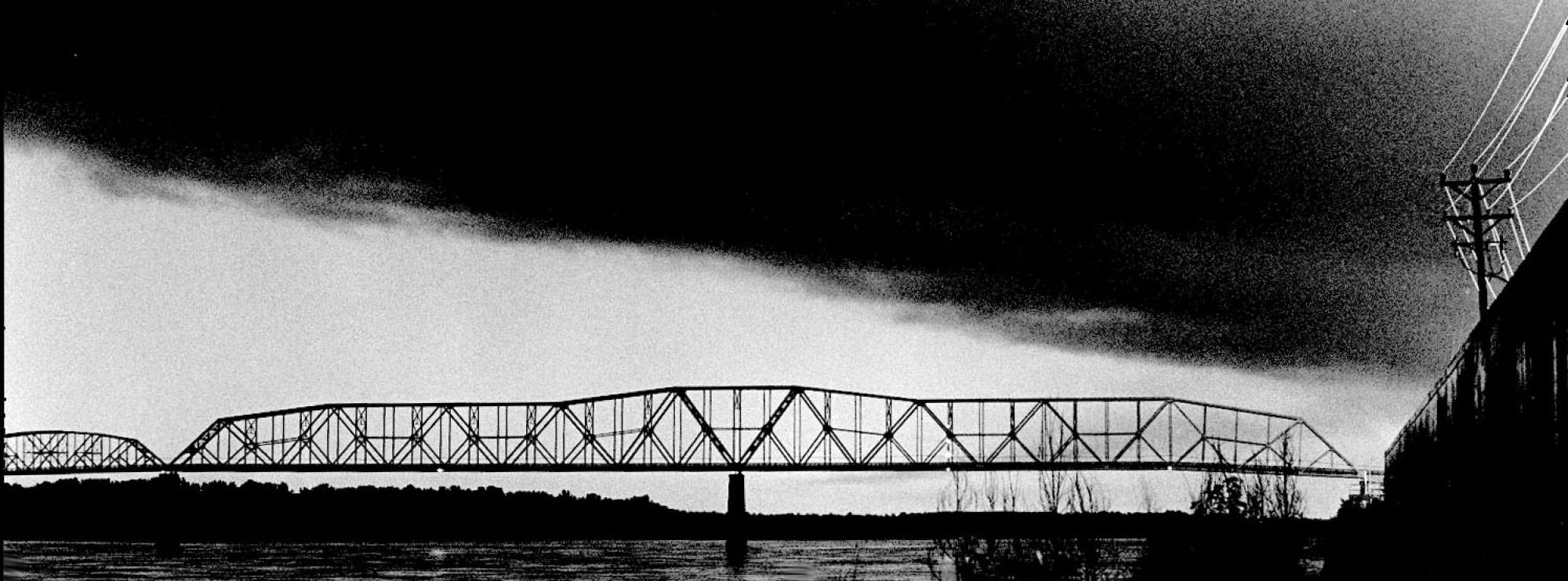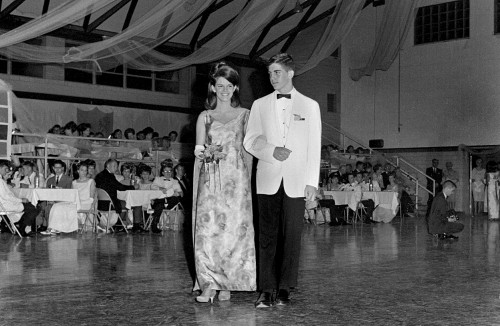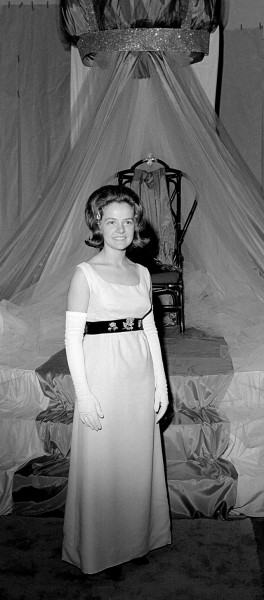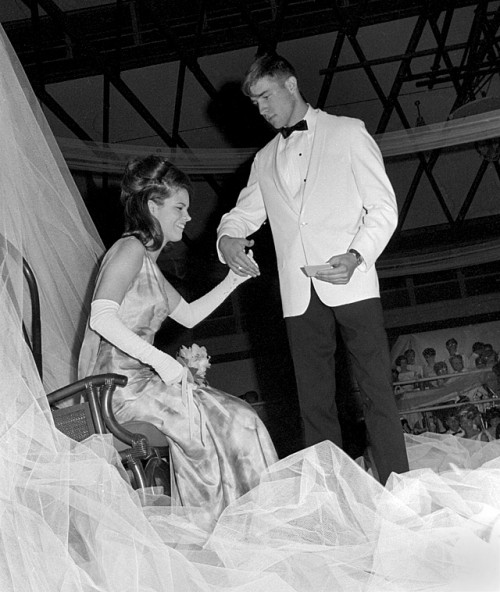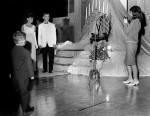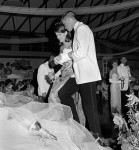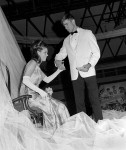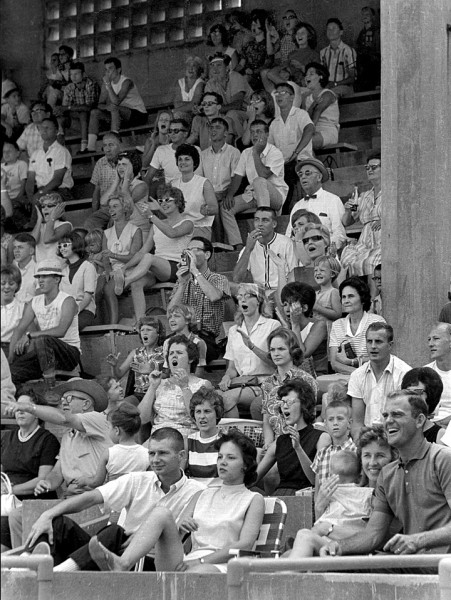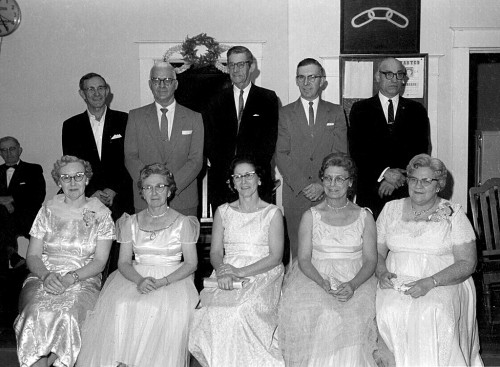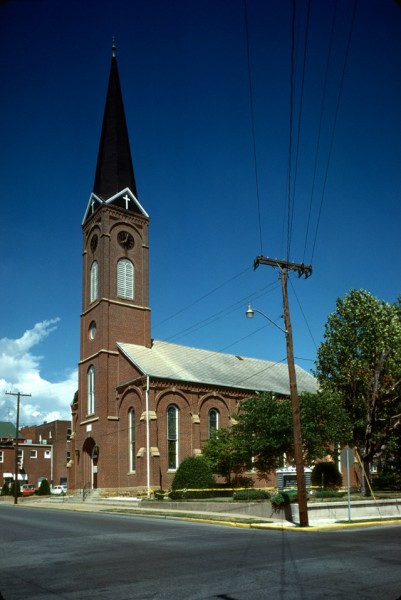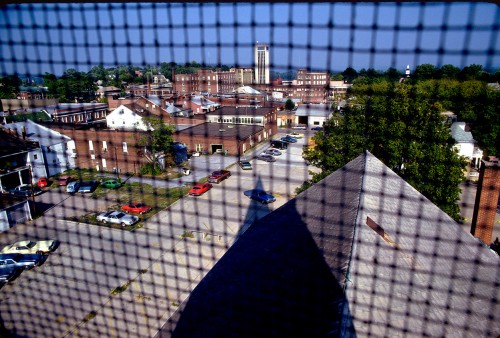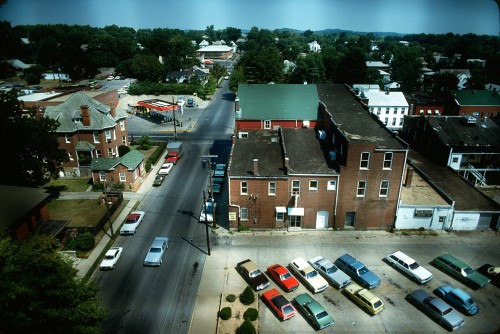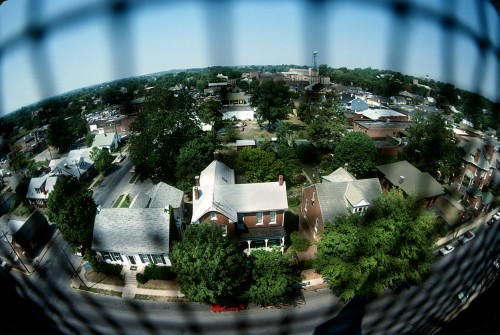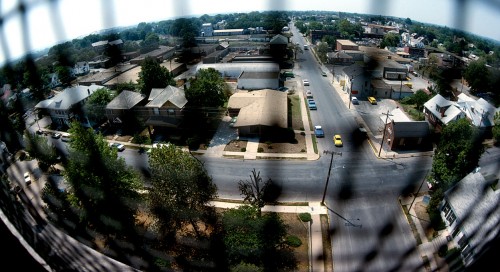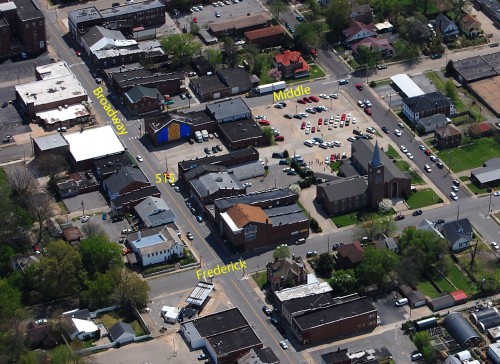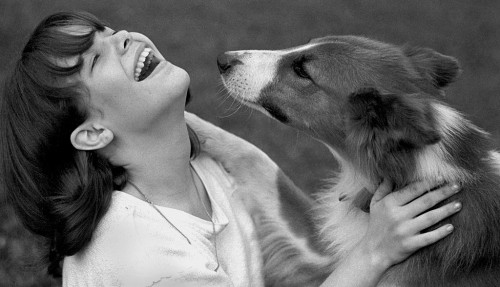 One of my Missourian jobs was to edit the weekly Youth Page. It wasn’t heavy lifting: I had to edit copy submitted by student reporters and staff writers, lay out the page, write the headlines and come up with pictures for it. Whenever possible, I tried to assign them to myself for a few extra bucks in my paycheck. (Click on any photo to make it larger.)
One of my Missourian jobs was to edit the weekly Youth Page. It wasn’t heavy lifting: I had to edit copy submitted by student reporters and staff writers, lay out the page, write the headlines and come up with pictures for it. Whenever possible, I tried to assign them to myself for a few extra bucks in my paycheck. (Click on any photo to make it larger.)
Needed: end of summer story
 I’m not sure which came first here, the chicken or the egg. Since it was summertime, the page was probably pretty light of school news, so I must have decided to do some kind of end of the summer story. Whether I ran into Jeane Adams while looking for that story or whether I ran into her and decided to build a layout around her, I don’t recall. I had never seen her before this shoot and never saw her again after we were finished.
I’m not sure which came first here, the chicken or the egg. Since it was summertime, the page was probably pretty light of school news, so I must have decided to do some kind of end of the summer story. Whether I ran into Jeane Adams while looking for that story or whether I ran into her and decided to build a layout around her, I don’t recall. I had never seen her before this shoot and never saw her again after we were finished.
At any rate, we wandered around town shooting things she remembered about the summer. I may or may not have gotten a photo release from her parents. We usually didn’t bother with that formality in Cape. I DO recall going by her house to tell her parents what I was up to. They trusted me enough to turn her loose for the afternoon. Their trust only went so far, though. I had to drag her younger sister or cousin or some kid as a chaperone (or because they wanted a free babysitter).
Jeane was a natural
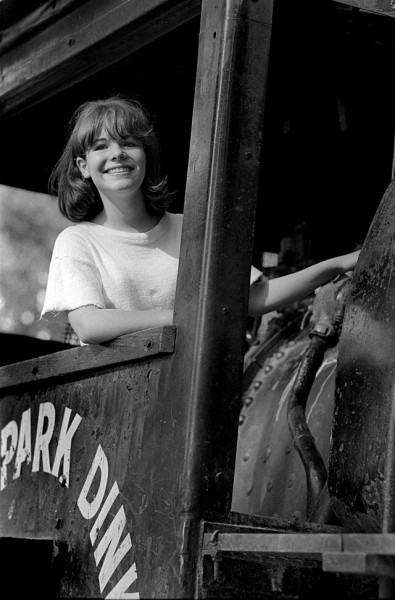 Some days you’re lucky enough to find a natural model. Jeane was one of those people who came alive in front of the camera.
Some days you’re lucky enough to find a natural model. Jeane was one of those people who came alive in front of the camera.
Ran one big photo with overlays
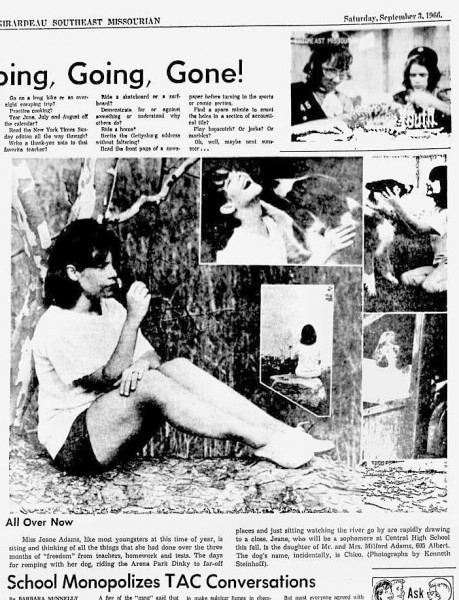 I wanted to run a series of shots (remember, I’m getting five bucks a picture), but I couldn’t justify filling the page with her. I compromised by doing something I hadn’t tried before. I made one big print, then created a layout of smaller prints stuck down to the big one with rubber cement. I cringe at photos that are cut into weird shapes, but even the diagonal crop of her looking at the river works in this case. I’d have shifted up and to the right if I was doing it again, but…
I wanted to run a series of shots (remember, I’m getting five bucks a picture), but I couldn’t justify filling the page with her. I compromised by doing something I hadn’t tried before. I made one big print, then created a layout of smaller prints stuck down to the big one with rubber cement. I cringe at photos that are cut into weird shapes, but even the diagonal crop of her looking at the river works in this case. I’d have shifted up and to the right if I was doing it again, but…
Pulling off something like today would be a piece of cake with Photoshop, but it was a bit more of a challenge in the days of film and darkrooms.
All over Cape
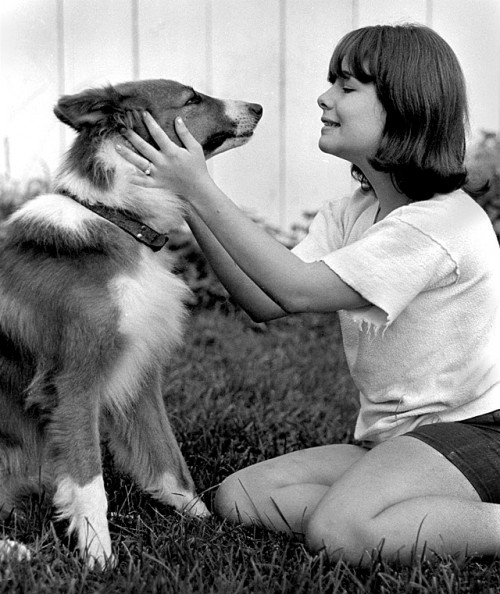 I’m not sure where the log photo was taken, but the train was at Arena Park and the river photo was Cape Rock. We probably shot the dog photo at her house.
I’m not sure where the log photo was taken, but the train was at Arena Park and the river photo was Cape Rock. We probably shot the dog photo at her house.
Jeane was going to be a sophomore
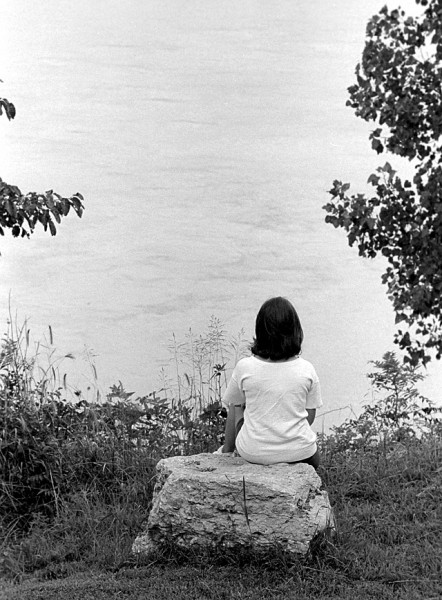 I thought she was younger than high school, but the caption under the photo said, “Miss Jeane Adams, like most youngsters at this time of year, is sitting and thinking of all the things she had done over the three months of ‘freedom’ from teachers, homework and tests. The days of romping with her dog, riding the Arena Park Dinky to far-off places and just sitting watching the river go by are rapidly drawing to a close. Jeanne, who will be a sophomore at Central High School this fall, is the daughter of Mr. and Mrs. Milford Adams, 605 Albert. This dog’s name, incidentally, is Chico.”
I thought she was younger than high school, but the caption under the photo said, “Miss Jeane Adams, like most youngsters at this time of year, is sitting and thinking of all the things she had done over the three months of ‘freedom’ from teachers, homework and tests. The days of romping with her dog, riding the Arena Park Dinky to far-off places and just sitting watching the river go by are rapidly drawing to a close. Jeanne, who will be a sophomore at Central High School this fall, is the daughter of Mr. and Mrs. Milford Adams, 605 Albert. This dog’s name, incidentally, is Chico.”
Based on that she would have been Central Class of 1968. I looked for her on Classmates.com, but she wasn’t there and the class yearbook wasn’t online.
Where did this girl come from?
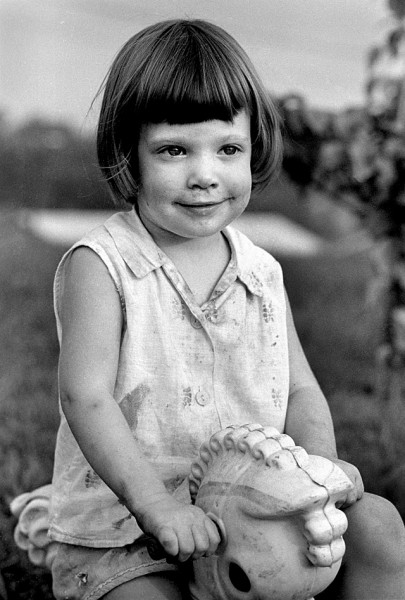 This little girl was in the middle of the roll of Jeane photos. I have no idea where we stumbled onto her, but she was too cute to pass up.
This little girl was in the middle of the roll of Jeane photos. I have no idea where we stumbled onto her, but she was too cute to pass up.
